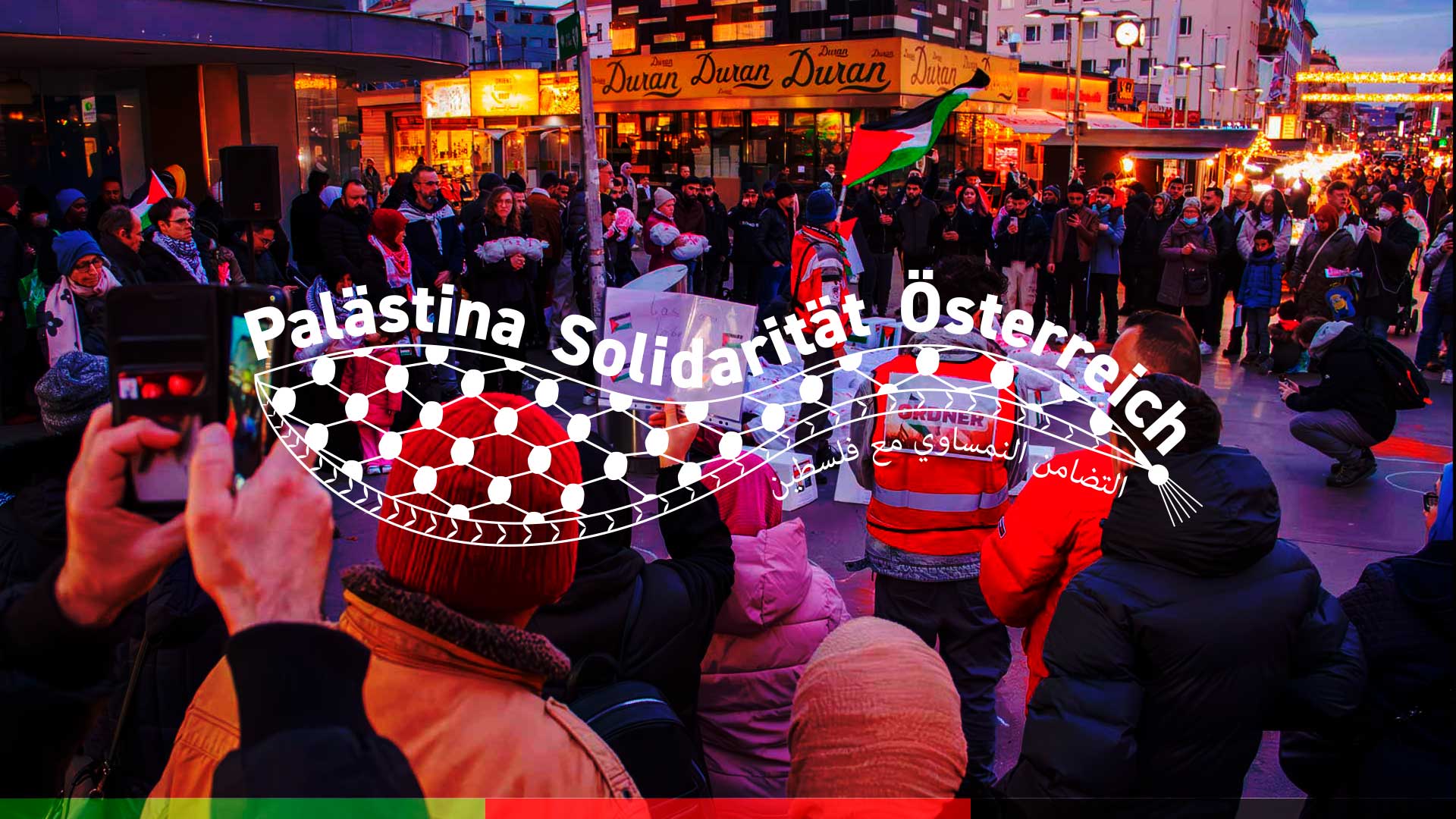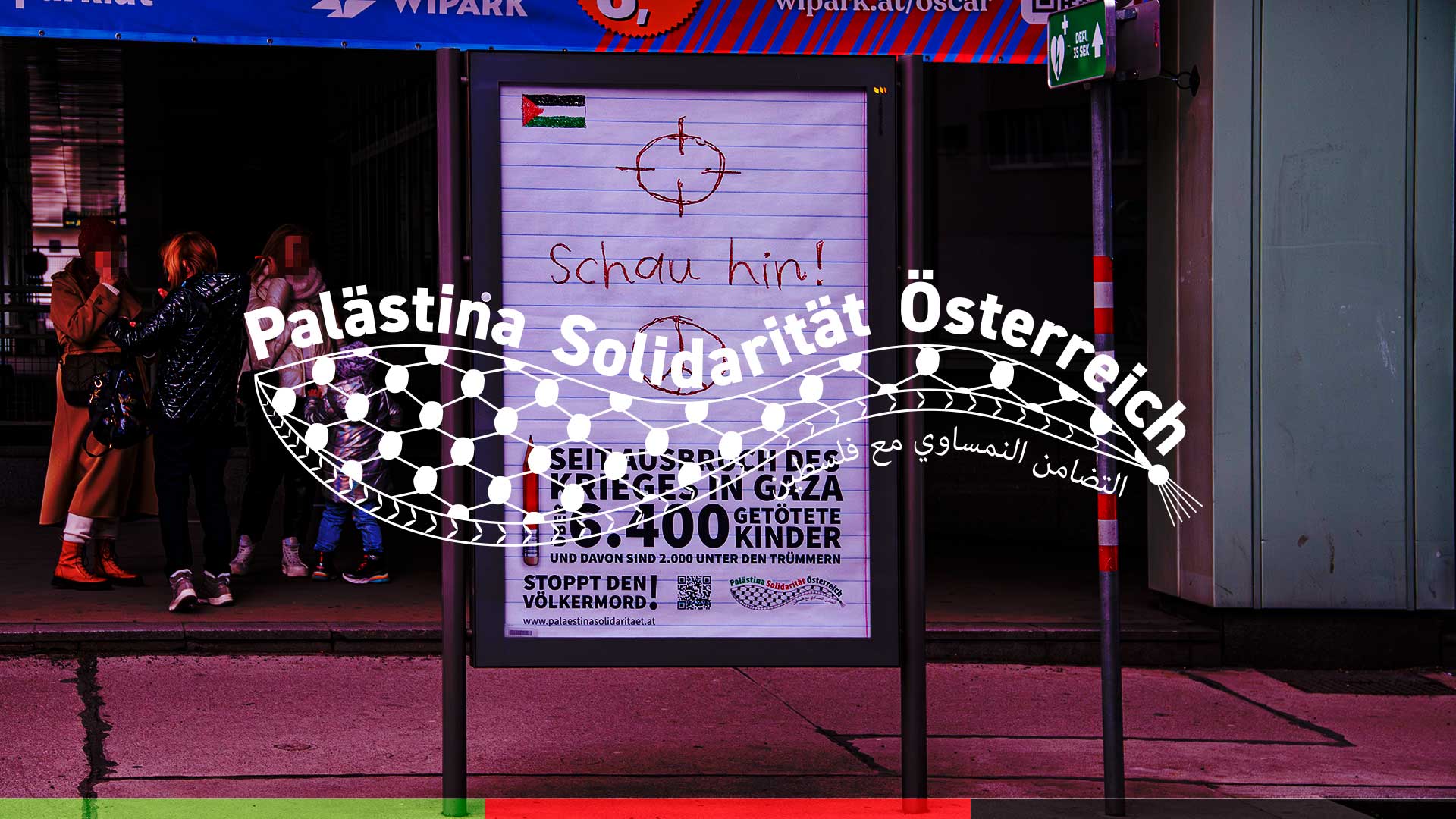GAZA CITY, 15 October 2009 (IRIN
Thousands of Gazan farmers may be unable to replant their crops during the region’s main planting season in October due to agricultural land still damaged by the Israeli offensive at the start of the year, and a lack of agricultural materials like seeds and fertilizers, according to officials.
Half of Hatem Khubair’s four hectares of farmland in Beit Lahiya, a city in the northern Gaza Strip, were destroyed during the Israeli offensive earlier this year.
“I can’t afford to rehabilitate my land. The Israeli army bulldozed my crops – onions and carrots – and parked tanks on it, destroying the irrigation system,” said Hatem.
“I lack money and materials,” said Hatem, estimating the damage at US$27,000, not including the production losses he and his family of eight face this season.
Farmers are struggling to restore the 1,700 hectares of agricultural land damaged or destroyed during Israel’s 23-day offensive which ended on 18 January 2009, according to a UN Development Programme (UNDP) report entitled Damage Assessment in Gaza’s Agricultural Sector.
The ruined crops include about 929 hectares of orchards and about 500 hectares of vegetables, said the report.
Destruction of vegetation cover and compacting of soil by strikes and tank movements degraded the land, making it difficult to revegetate and vulnerable to becoming barren desert. About 5,200 farmers in Gaza – out of about 10,000 – were directly affected by the offensive, according to UNDP.
Livelihoods at risk
The entry of essential goods to Gaza via Israeli-controlled crossings, including agricultural materials, remains either restricted to limited quantities or denied, leaving Gazan farmers at risk of being unable to replant their crops this season due to the shortage of seeds, fertilizer, plastic sheeting and nets for greenhouses, according to the UN Office for the Coordination of Humanitarian Affairs (OCHA).
The livelihoods of an estimated 10,000 farming families – some 65,500 people – may be affected as a result, the report said.
Roughly two-thirds of Gaza’s 1.5 million people are deemed food insecure, while unemployment hovers over 40 percent, said the UN Food and Agriculture Organization.
“FAO and other UN agencies are supplying farmers with materials like animal feed and gardening units for crop production,” said FAO official Erminio Sacco in Jerusalem. “The winter cycle of harvesting is the most important to Gaza farm production.”
According to Israeli Defence Ministry spokesperson Shlomo Dror, there is no shortage of agricultural materials in Gaza.
“We restrict the entry of all materials that can be used to manufacture explosives, which does not include seeds and fertilizer,” said Dror. “Kerem Shalom [Gaza’s only commercial crossing] is only capable of handling 100 trucks per day, limiting the amount of materials that can enter, and first priority is for humanitarian goods.”
UNEP report
A recent report by the UN Environment Programme (UNEP) on environmental conditions in Gaza following the Israeli offensive, estimated that 17 percent of cultivated land, including orchards and greenhouses, was damaged or destroyed.
The report estimates the costs – in terms of damage to farmers’ livelihoods as a result of damage and contamination of agricultural land, alongside reconstruction, including ensuring the land is safe to re-plant – at around US$11 million.
Fragile soils
Gaza farmers are facing the challenge of trying to restore their lost agricultural production in a region surrounded by sand dunes and with fragile soils.
With the support of the Dutch government, local NGO Agricultural Development Association (PARC-Gaza) launched several projects in August to help affected farmers, said Thijs Debeij, second secretary of the Representative Office of the Netherlands to the Palestinian Authority in Ramallah.
“Only 25 percent of the agricultural land damaged or destroyed during the war has been rehabilitated by local NGOs and UN agencies,” said PARC director Ahmed Sourani.
FAO estimated total losses to the Gaza agriculture community as a result of the offensive at US$268 million, including US$180 million in direct damage and US$86 million in projected losses.



